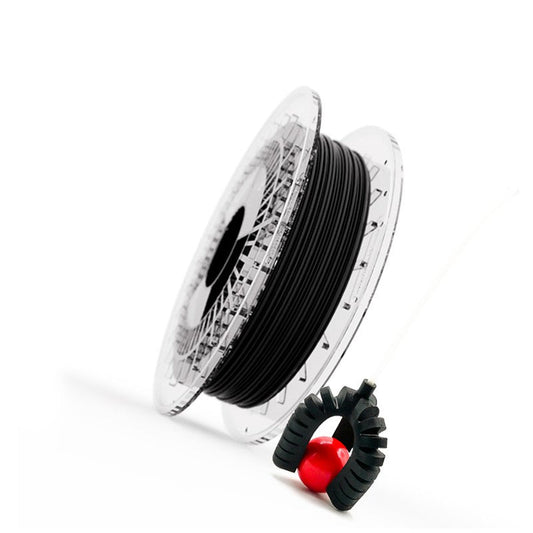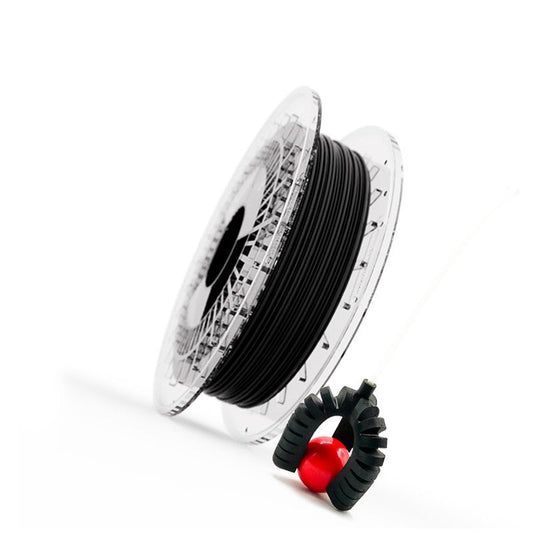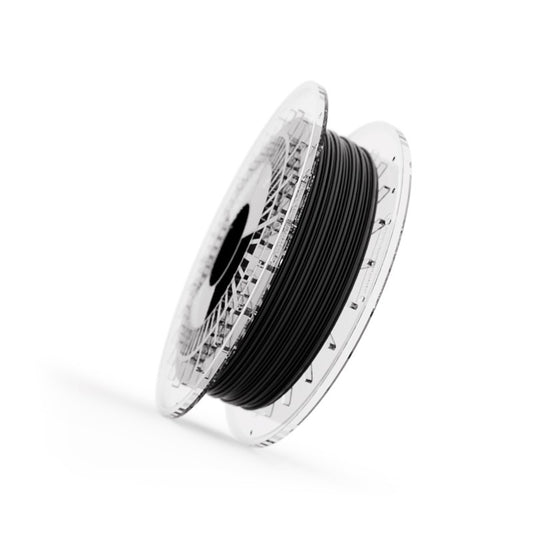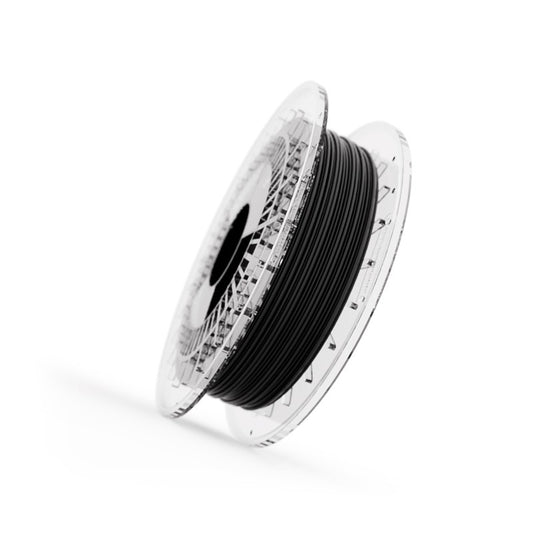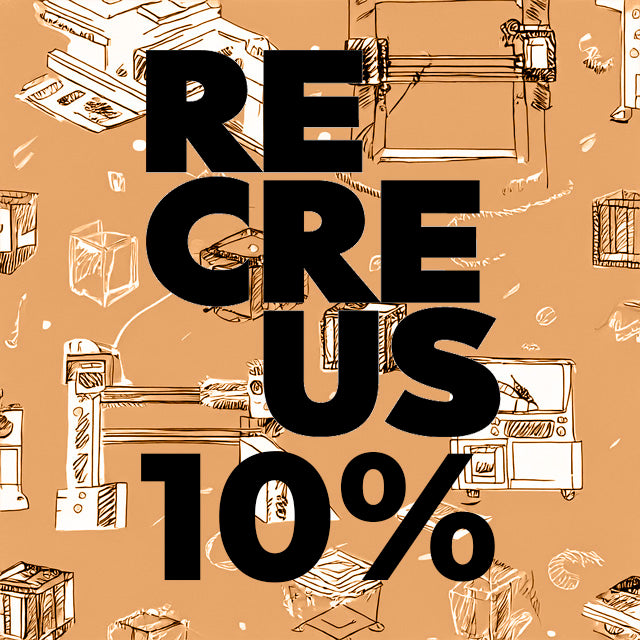Filaflex 82A and Foamy tested by 3D Printing Industry: real-world precision and flexibility
Filaflex 82A and Foamy tested by 3D Printing Industry: real-world precision and flexibility
When it comes to material validation, few voices carry more weight than the experts at 3D Printing Industry. In this extensive independent technical review, their team put Recreus’ flexible filaments, Filaflex 82A and Filaflex Foamy, through a demanding set of real-world tests. From automotive seals to wearables and soft robotics, this study confirms the reliability and versatility of our filaments in functional, high-performance applications.
Filaflex 82A: Proven durability and precision in real-use scenarios
Suspension fork boot (automotive/bike)
3D Printing Industry printed a protective suspension fork boot, confirming Filaflex 82A’s excellent performance under dynamic motion and abrasion. The part maintained elasticity, strong interlayer bonding, and fit, making it ideal for automotive-grade flexible components.

Flat gaskets and seals
Filaflex 82A demonstrated excellent dimensional accuracy and clean finish in the printing of flat gaskets. Even geometries with sharp internal edges, like a water pump gasket, were printed with minimal deformation, validating the filament's chemical resistance and sealing functionality.

Air intake hose
Functional but challenging: the intake hose suffered surface flaws due to support removal on steep overhangs. The reviewers recommend design tweaks for self-supporting geometries when printing flexible parts like this.

Soft-frame goggles (wearables)
A top use case. The goggles printed with Filaflex 82A had a smooth matte finish, excellent elasticity, and skin-safe comfort. Perfect for wearable applications requiring long-term skin contact.

Repeatability test
12 identical hexagons were printed to evaluate dimensional consistency. The results? A mean deviation of just 0.012 mm, well below industry tolerance thresholds. The review highlights this as exceptional for an elastomeric material.

Filaflex Foamy: Lightweight comfort and customization for soft applications
With its tunable Shore hardness (82A down to ~60A) and up to 40% density reduction, Filaflex Foamy brings a new level of flexibility to additive manufacturing. The 3D Printing Industry team explored its potential in footwear, orthotics, and soft robotics.
Custom insoles
Printed with a soft matte finish and outstanding cushioning, these insoles confirmed Filaflex Foamy’s comfort and flexibility. Minimal post-processing was needed for a high-quality result.

Soft robotic gripper
Although functional, the print showed surface blobs and poor bridging. Reviewers emphasize the need for design adaptation: Foamy excels in freeform parts but struggles with unsupported spans and fused supports.

Orthopaedic wrist brace
The wrist brace printed flawlessly, with integrated hooks and excellent surface finish after minor sanding. The material’s softness and low density were ideal for wearable medical support.

Pros, challenges and key insights
- ✓ Outstanding elasticity and rebound
- ✓ Skin-safe and wearable-ready
- ✓ Chemical and abrasion resistance (82A)
- ✓ Dynamic Shore control and reduced weight (Foamy)
- ✓ High print consistency, even for flexible parts
Challenges observed
- TPUs like Filaflex can clog in non-optimized setups. Direct-drive extruders and proper retraction tuning are key.
- Reduced bed adhesion on smooth surfaces: textured beds performed significantly better in their testing.

Conclusion: Trusted validation by industry experts
This independent review, conducted by the expert editorial and technical team at 3D Printing Industry, confirms that both Filaflex 82A and Filaflex Foamy are reliable, high-performance materials for real-world flexible 3D printing. Their findings highlight our ongoing commitment at Recreus to innovation, user-centered design, and delivering cutting-edge materials ready for the most demanding applications.
Source: Technical review by 3D Printing Industry for Recreus (2025).





